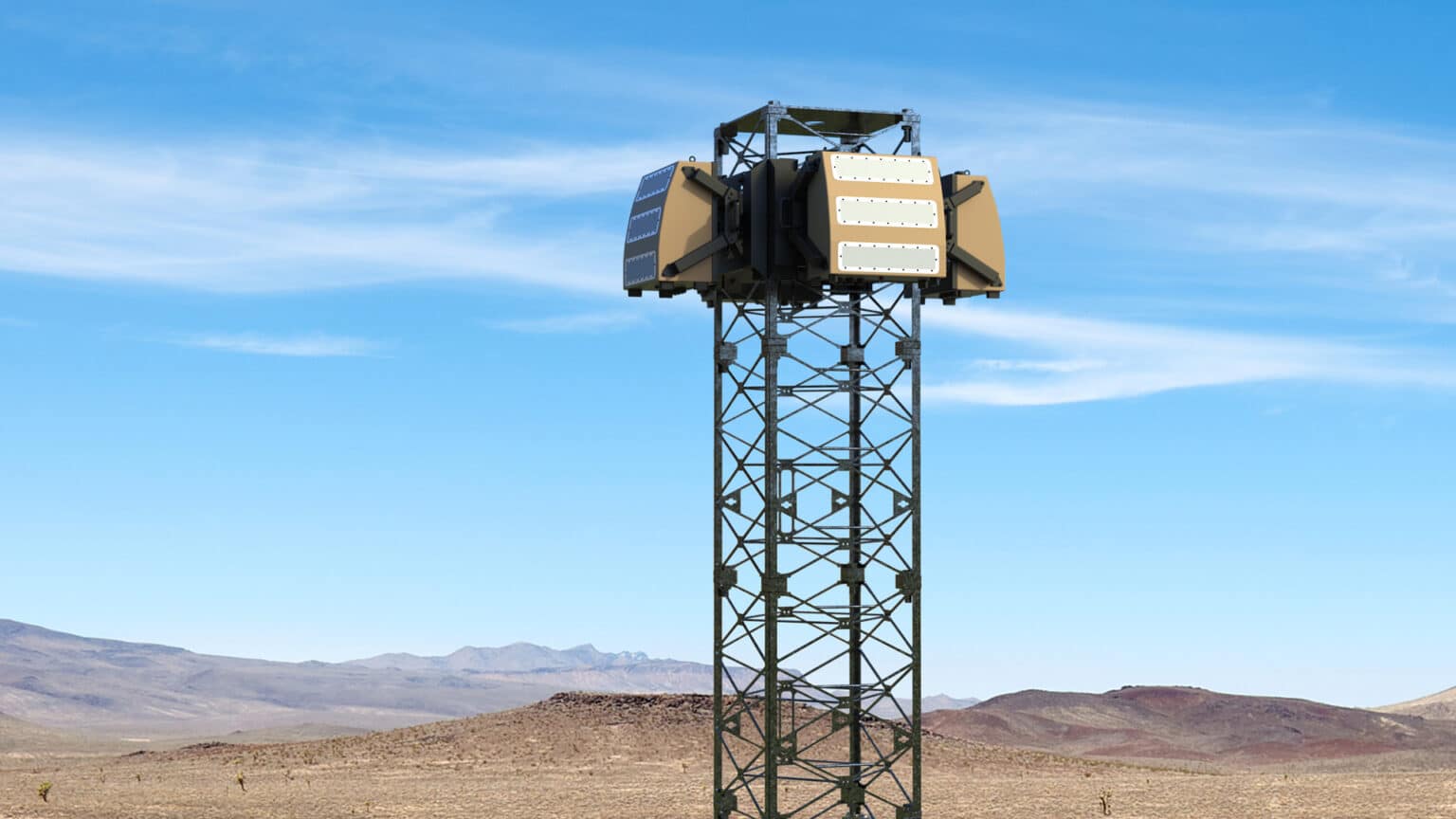ISJ Exclusive Interview: James Long, CEO, Blighter Surveillance Systems


James Thorpe
Share this content
ISJ chats critical infrastructure and cutting-edge technology with James Long, Chief Executive Officer, Blighter Surveillance Systems.
Can you tell us more about Blighter’s expertise in perimeter, border and infrastructure security?
Blighter has been at the forefront of advanced radar protection for a long time now, with expertise in providing surveillance for borders, coastlines and infrastructure such as airports and offshore energy facilities.
Our radars are installed all over the world and in a variety of environments and functions, from deserts and forests to oil rigs and weather-beaten coastlines. Our expertise in border security is exemplified by our work in the Demilitarised Zone (DMZ) in South Korea. For the last decade, our B400 e-scanning radars have been deployed in the Joint Security Area of the DMZ, where they provide persistent threat detection in temperatures ranging from -30°C to a humid +40°C.
Our radars are not limited to static surveillance in these facilities, however. We also have extensive experience in vehicle-mounted applications, from Armoured Fighting Vehicles to Uncrewed Ground Vehicles (UGVs), the latter of which have seen use in Northern Europe equipped with our tactical target identification radars.
How can borders and critical infrastructure facilities be protected by deploying radar technology?
One of the key things to consider with surveillance is the type of threats one is trying to detect. The ubiquity of drones means that no security application can discount threats coming from the sky, so ideally a combined air and ground surveillance approach is required, such as that provided by our Multi-Mode A800, which is capable of scanning for aerial, seaborne and land-based targets simultaneously.
For persistent surveillance along a border, integrated surveillance towers can be used to mount the radar, often in conjunction with other sensors, to provide optimal long range surveillance. Blighter radars are also relatively light and human-portable, meaning that they can be carried and deployed in remote locations which are otherwise difficult to access using vehicles.
The robust and compact design of Blighter’s radars allow them to be fitted to land vehicles for a cost-effective mobile solution, giving border forces the flexibility and agility required to effectively patrol long stretches of borders. They have low power requirements and their lack of moving parts and IP66 levels of protection means they can go for long periods without servicing.
How are border security requirements changing in the US and Europe specifically?
Border security requirements used to be fairly straightforward in that they were focussed on surveillance of ground-level activities, searching for the movement of people and threats on the ground such as smuggling, terrorism and migration. Radars became more capable and electronic scanning Doppler radars are now able to detect individuals crawling along the ground.
In fact, Blighter was the first e-scanning ground surveillance radar capable of detecting ‘crawlers’ through the combination of static e-scanning radar beams, micro-Doppler signal processing and Frequency Modulated Continuous Wave (FMCW) technology.
Blighter radars are also capable of detecting individuals at up to 9.5 miles (15.5 km); a necessary requirement for border security in environments such as deserts and plains. Generally speaking, the European border security can prove more challenging due to the prevalence of forests and valleys, and in the US, detection of ‘crawlers’ is of great importance. Blighter radars even have a proven capability to detect a person belly-crawling or rolling across a monitored border security zone.
Augmenting this detection of ground targets with strategic long-range capability was then followed by searching for long range targets such as aircraft hundreds of miles away. Then came the drones, and with them came the shift of surveillance targets from a two-dimensional flat plane into a three-dimensional volume.
The threat landscape is more complex than ever as drones become more accessible, have longer range, fly faster, higher and with greater payload capacity. This complexity has only increased as commercial drones have become more prevalent in cross-border activities such as medical and consumer deliveries as well as use in agriculture.
How are Blighter radars providing C-UAS support for Ukrainian forces?
Last summer we supplied a significant number of our A422 radars as part of a Counter-UAS capability deployed to support Ukraine in the ongoing conflict with Russia. The A422 is a medium-range air security military radar capable of detecting and reporting covert airborne and ground-based targets at a distance of up to 20 kilometres. Designed to detect and report micro, mini or standard drone types, the A422 has unsurpassed clutter suppression for near horizon, urban and shoreline operations.
It also offers moving target detection and machine learning classification to aid long range vision for a 180-degree field of view and is ideally suited to low, slow and small targets. These low, slow and small drones are typical of the ones used in modern conflict, often starting out as commercial hobby drones which have been reconfigured to carry an ISR payload or ordnance.
Given their size and narrow radar cross-section, these UAVs are notoriously difficult to detect, but the A422 is optimised for the detection of such platforms, using D3 (Digital Drone Detection) technology which enables them to extract the tiny radar reflections from modern plastic-bodied UAVs even when flying close to the ground or in proximity to buildings where clutter reflections are relatively large. The Ku-band operating frequency used by the A422 is ideally suited to detecting the small structures used to create compact UAVs.
We cannot state where the A422s are deployed or how they are being used, but we are proud to play our part in the broad package of military support that the UK is providing.
This article was originally published in the February 2023 edition of International Security Journal. To read your FREE digital edition, click here.



